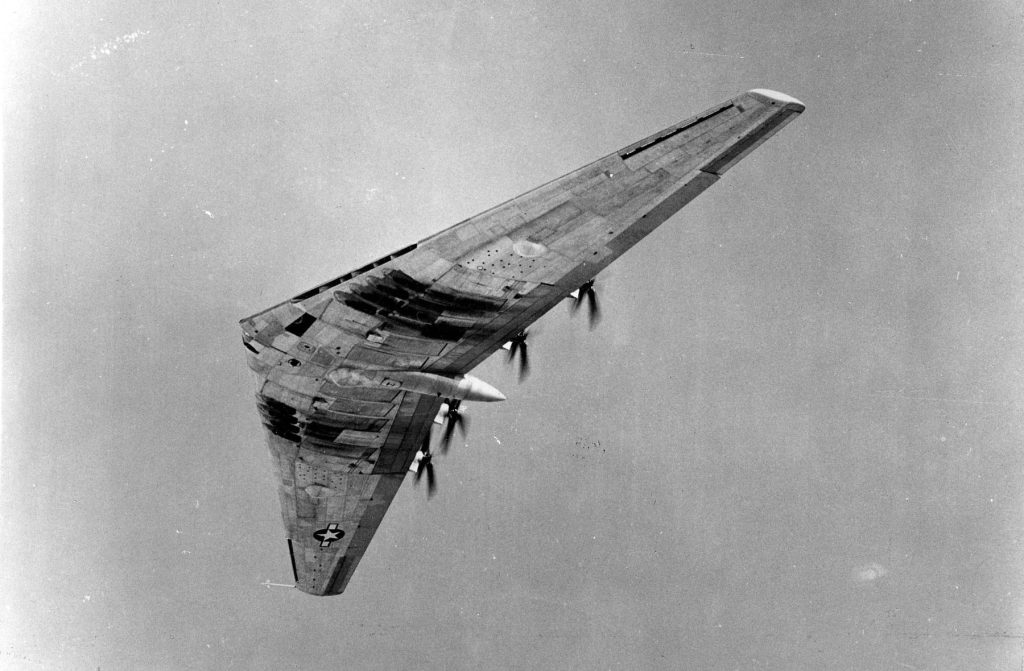Do you remember folding sheets of paper with the utmost precision during school breaks to make little paper aeroplanes? And how satisfied you were as you saw them fly further and further away?
These paper planes are called kami hikoki in Japanese. Why in Japanese? Paper aeroplanes are one of the most basic forms of origami, the ancient art of folding paper to make ornamental figures – born in Japan.
For the sake of argument, you could also consider the kite, a Chinese invention dating back over two thousand years, a possible ancestor of the paper aeroplane.
One thing is certain – paper aeroplanes were designed to look like real aeroplanes and have therefore only been around since the 20th century. The first known paper aeroplane in history dates back to 1930.
Within the walls of the Lockheed Corporation, one of the biggest aerospace factories in the world, engineer and entrepreneur Jack Northrop was busy at that time designing a very special aeroplane with no fuselage known as a flying wing or tailless aircraft. In order to test his theories on the design of what he considered to be the aeroplane of the future, Northrop built dozens of paper aeroplanes by hand, studying their flight time and time again in order to find possible improvements thanks to these mini models.

There are different techniques for making paper aeroplanes, from the more simple (a rectangular sheet of paper that you can fold in just six steps) to the more complex ones with a tail, a flap and other variations on a theme. There are hundreds of designs online for those who fancy having a play like they used to at school… On Instagram alone, the hashtag #paperplanes has been used 250,000 times!
But for some, paper aeroplanes are not a game at all. Do you remember the post Guinness World Records for Flight published on our blog some time ago? For those who haven’t read it yet, we’d like to draw your attention to the extraordinary venture of Japanese record holder Takuo Toda. He managed to make a paper aeroplane fly for almost 30 seconds, gaining a mention in the famous book of world records…




